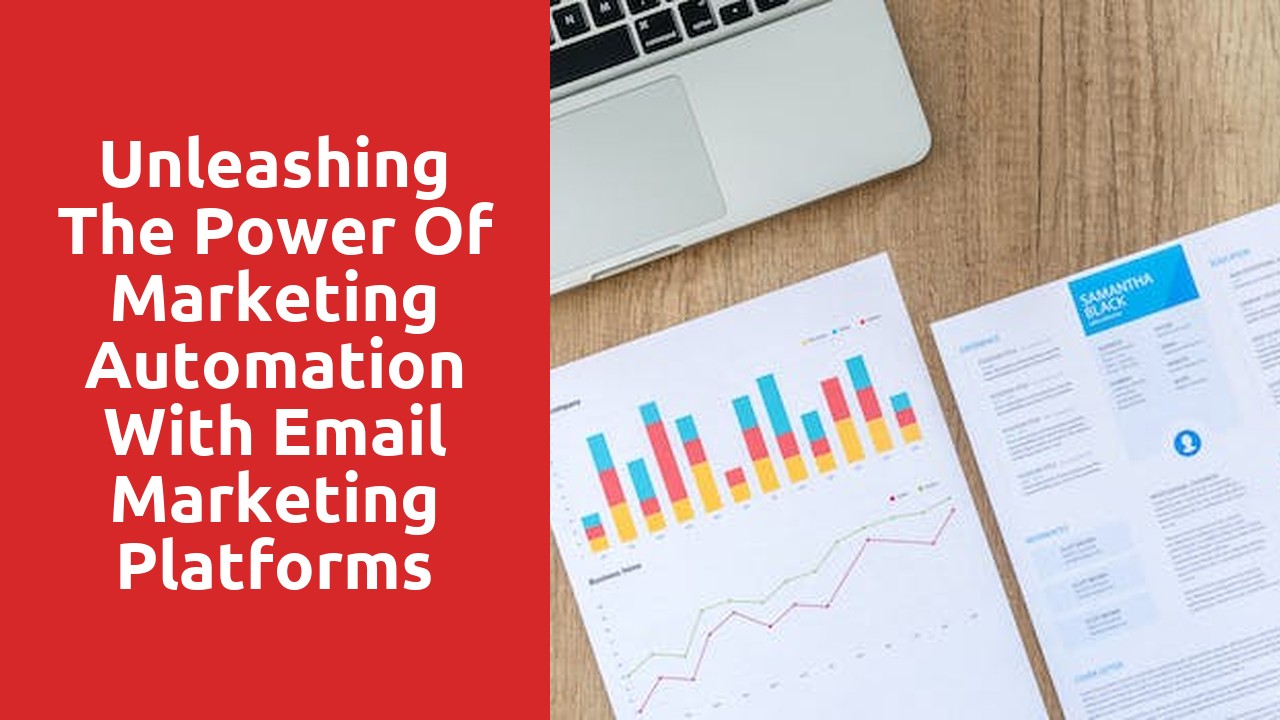The Evolution of Email Marketing Platforms: From Manual to Automated
The early days of email marketing were a manual and labor-intensive process. Marketers would spend hours crafting individual emails, manually adding recipients’ names and personalizing the content. It was a time-consuming and inefficient method, with limited capabilities for tracking and analyzing the success of campaigns.
However, with advancements in technology and the rise of automated systems, email marketing platforms have drastically evolved. These platforms now offer a wide range of features and tools that enable marketers to streamline their efforts, save time, and deliver more targeted and personalized campaigns. Automated email marketing platforms have revolutionized the industry, making it easier than ever for businesses to connect with their audience and drive measurable results.
Understanding the Benefits of Email Marketing Automation
In today’s fast-paced world, businesses are constantly looking for ways to streamline their marketing efforts and maximize their return on investment. One effective strategy that has gained significant popularity in recent years is email marketing automation. By incorporating automated systems into their email marketing campaigns, businesses are able to save time and resources while still reaching their target audience effectively.
The benefits of email marketing automation are numerous. First and foremost, it allows businesses to send personalized and targeted emails to their subscribers, based on their interests and preferences. This not only increases the chances of engagement and conversion, but also enhances the overall customer experience. Additionally, automation helps businesses automate repetitive tasks such as welcome emails, birthday greetings, and order confirmations, freeing up valuable time for marketers to focus on more strategic initiatives. Overall, email marketing automation is a powerful tool that enables businesses to enhance their marketing efforts, nurture customer relationships, and ultimately drive sales.
Streamlining Your Marketing Efforts with Automation Tools
Automation tools have become a game-changer in the world of marketing, revolutionizing the way businesses streamline their efforts. These tools not only save time and resources but also enhance productivity and effectiveness. By automating various marketing processes such as email campaigns, social media scheduling, and lead nurturing, businesses can reach their target audience more efficiently and effectively engage with them.
One significant advantage of using automation tools is the ability to personalize marketing campaigns at scale. With advanced segmentation and targeting features, businesses can tailor their messaging to specific audience segments, making their marketing efforts more relevant and engaging. Automation tools also enable businesses to track and analyze customer behavior in real-time, allowing marketers to make data-driven decisions and optimize their campaigns for maximum impact. Ultimately, these tools empower businesses to create a seamless and personalized customer journey, leading to increased customer satisfaction and higher conversion rates.
How to Choose the Right Email Marketing Platform for Your Business
When it comes to choosing the right email marketing platform for your business, there are a few key factors that you should consider. First and foremost, you need to think about your specific needs and goals. What do you hope to achieve with your email marketing efforts? Are you looking to increase sales, build brand awareness, or engage with your audience on a deeper level? Once you have a clear understanding of your objectives, you can begin to look for a platform that aligns with these goals.
Secondly, you should assess the features and functionalities offered by different email marketing platforms. Consider the ease of use, customization options, and automation capabilities that each platform brings to the table. It’s important to choose a platform that not only meets your current needs but also has the potential to support your future growth. Additionally, make sure to evaluate the platform’s deliverability rate and its ability to handle large volumes of emails efficiently.
Remember, selecting the right email marketing platform is a crucial decision for your business. By considering your specific needs and goals, as well as the features and functionalities that each platform offers, you can make an informed choice that will drive your email marketing success. Stay tuned for the next section where we will explore some of the top email marketing platforms available in the market today.
Mastering the Art of Segmentation for Targeted Email Campaigns
Segmentation plays a key role in the success of targeted email campaigns. By dividing your email list into smaller segments based on specific characteristics and preferences, you can deliver highly personalized and relevant content to each recipient. This not only increases the chances of engagement but also helps build stronger relationships with your audience.
One effective way to segment your email list is by demographics. Understanding your subscribers’ age, gender, location, and other relevant demographic information can help you tailor your email content to their specific interests and needs. For example, if you have a clothing brand, segmenting your list based on gender allows you to send targeted emails featuring the latest collections for men and women separately. This ensures that your subscribers receive content that is most relevant to them, which in turn increases the likelihood of conversion.
Personalization Techniques to Boost Engagement and Conversion Rates
Personalization Techniques to Boost Engagement and Conversion Rates are crucial in today’s digital landscape. With the increasing competition in the online marketplace, businesses need to go the extra mile to stand out and deliver tailored experiences to their target audience. Personalization techniques involve leveraging user data and preferences to create customized content and user journeys.
One effective technique is personalized product recommendations. By analyzing customers’ browsing and purchase history, businesses can offer targeted suggestions that align with their interests and preferences. This not only enhances the shopping experience but also increases the chances of cross-selling and upselling. Additionally, implementing dynamic content that adapts based on user behavior and preferences can help optimize engagement and conversion rates. By delivering relevant and personalized content, businesses can better capture customer attention and encourage them to take desired actions, resulting in higher engagement and increased conversion rates.














